Who are the nine standout artists that shaped Frieze London 2025?
Amid the hectic Frieze London schedule, many artists were showcasing extraordinary work this year. Here are our favourites
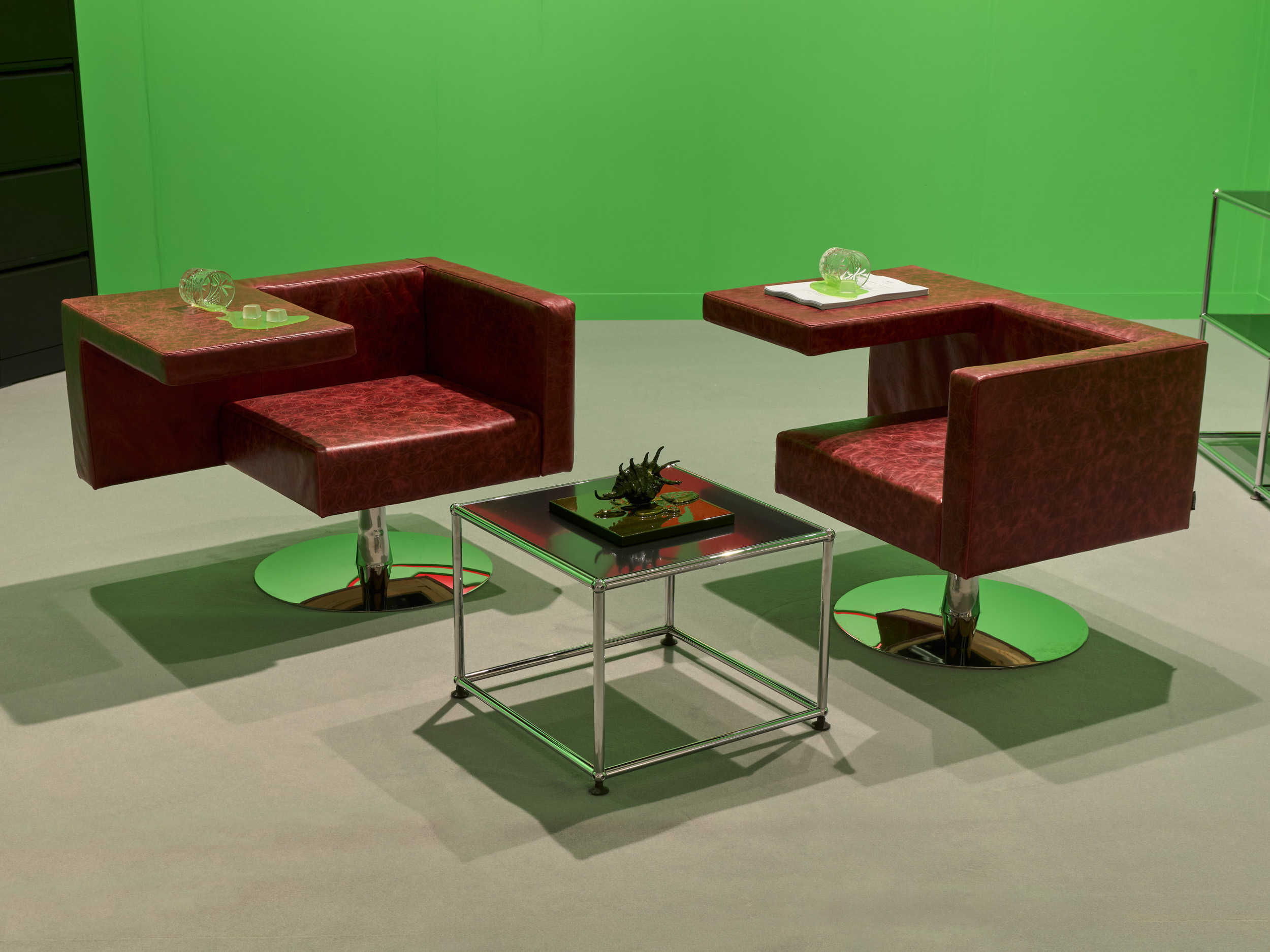
Frieze London 2025 marked the fair’s 22nd edition, and beneath the white tents in Regent’s Park, this year’s standouts share a common strategy: reworking inherited forms to expose the infrastructures that shape what (and who) gets seen. From Christelle Oyiri’s acid-green critique of tourism to Claudia Alarcón & Silät’s revival of ancestral Wichí weaving, the fair’s most compelling voices were the ones dismantling the systems they occupy.
Frieze London 2025 highlights
Michelle Uckotter at Kings Leap
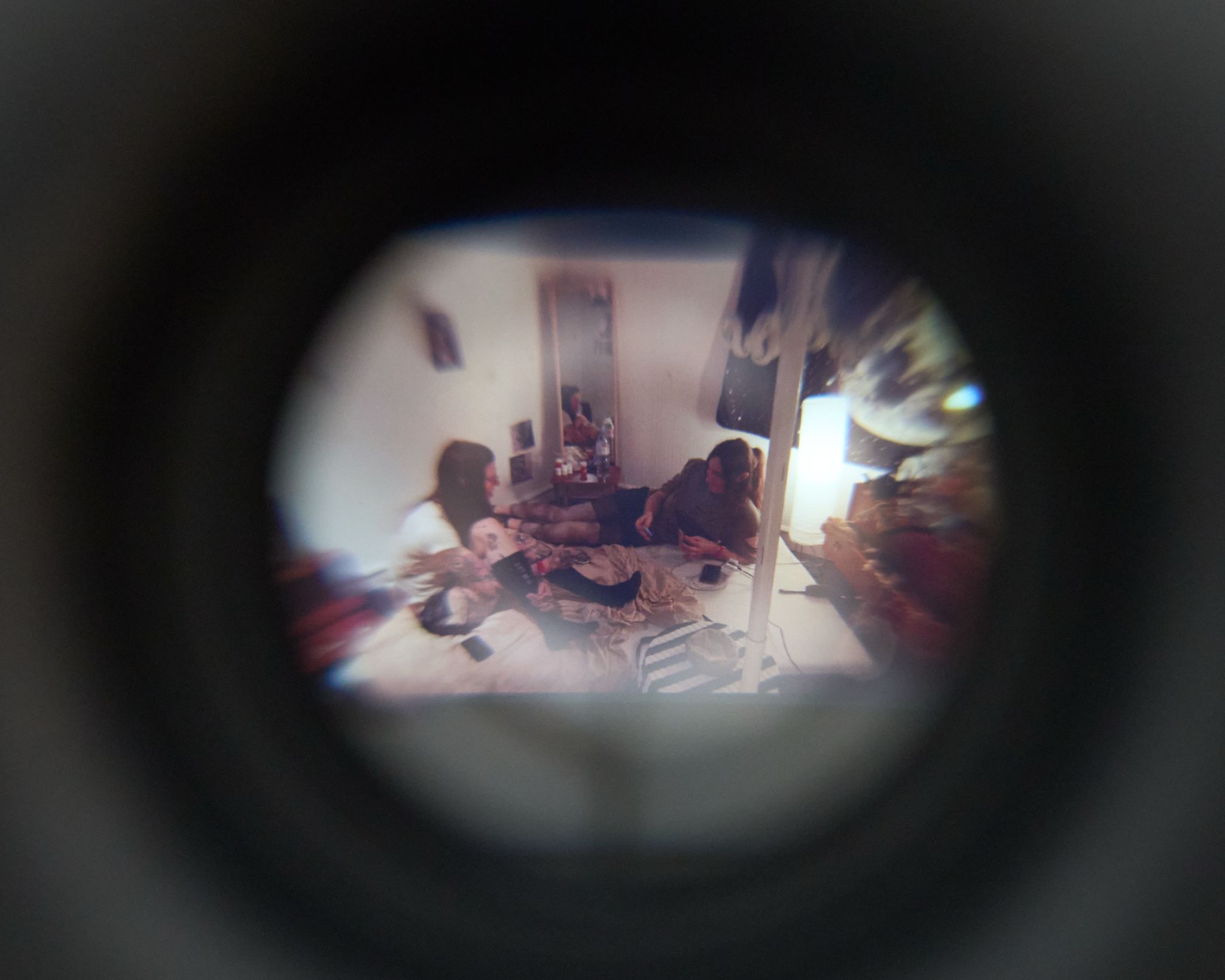
At Frieze London 2025, Michelle Uckotter’s ‘Sins of the City’ presentation at King’s Leap was a quiet knockout. Working in oil pastel across conjoined canvases, Uckotter conjures scenes of urban desolation and psychic disarray with a hand both tender and ruthless. Her collapsing Midwestern streetscapes, drawn from the geography of her own Ohio upbringing, possess the melancholy of midcentury photography and the fractured lyricism of TS Eliot’s The Waste Land.
Flanking them on both sides are two women, one jester-like with a violin, the other the blonde Duchess (Nova Sinclair) holding a guitar. Around the corner from the paintings, a camera peephole was installed in the wall, recalling Duchamp’s Étant donnés, which opens onto a flickering bedroom with two dolls lounging on the bed, reading and passing time: an eerie convergence of voyeurism and confession. Through these formal and conceptual apertures, Uckotter collapses time, fusing the allegorical with the documentary. What makes Uckotter singular is not just her radical formalism, but her conviction: her paintings insist that the medium still matters within the debris of the modern world.
Alex Margo Arden at Ginny on Frederick
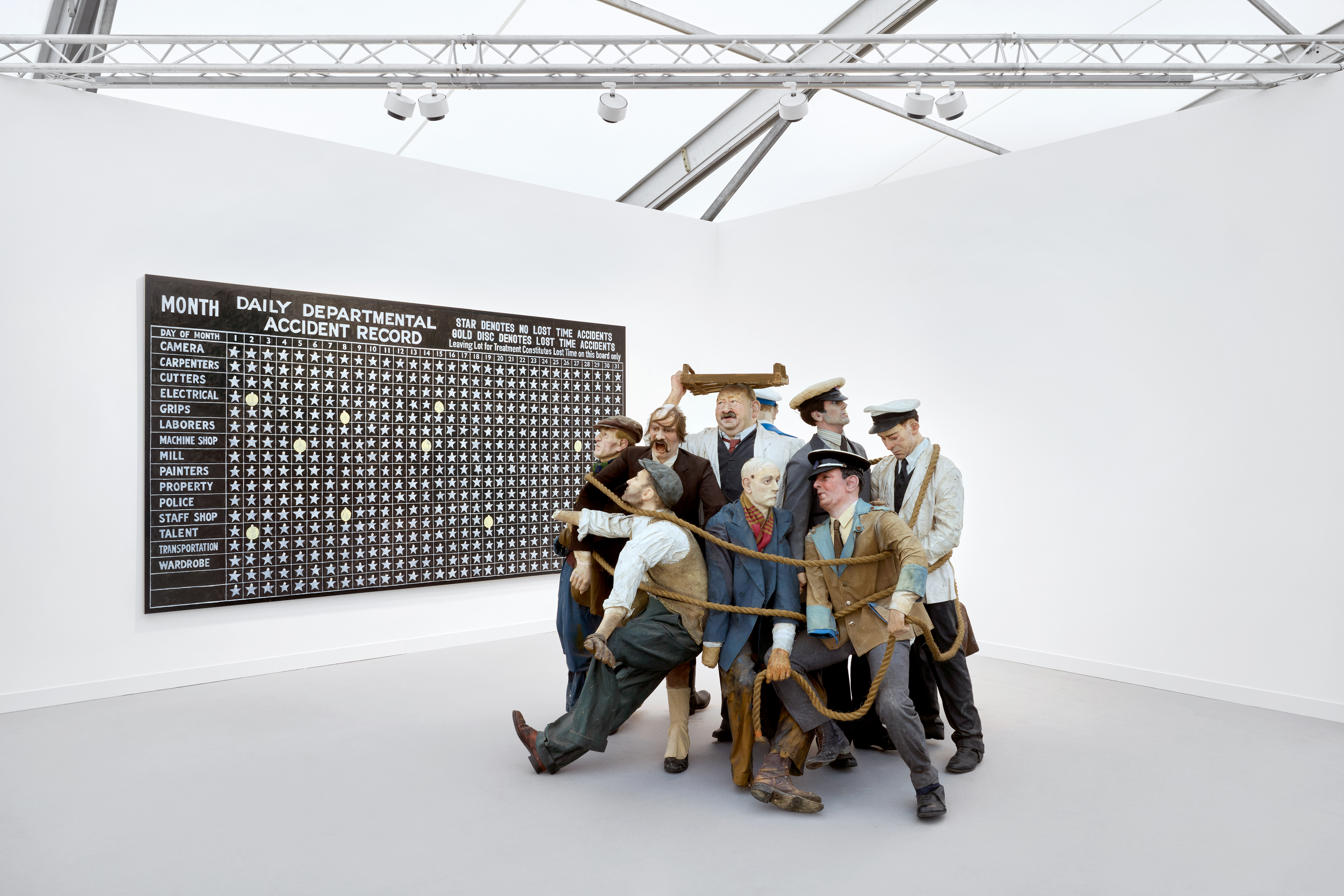
Alex Margo Arden’s presentation, ‘By All Accounts’, gathered a crowd of decommissioned male mannequins, all salvaged from the National Motor Museum before being sent to landfill, and bound together in a looping tug-of-war rope. 'I was interested in the museum’s decision to remove and dispose of the mannequins,' Arden tells me. 'These figures were the conduits through which the museum’s version of the past was transmitted and in that sense, they’ve become historical objects in their own right. By recontextualising them, I wanted to hold the institution to account for its methods of storytelling – to expose how certain narratives are constructed, and to consider how these discarded bodies might still hold value.'
The installation, Accounts (2025), reconfigures how we think about history and display. Once used to animate scenes of industrial progress, the mannequins now huddle in uneasy congregation, their former authority collapsing into vulnerability. The rope encircling them reads as both connective and threatening. 'The tug of war is a collective contest of strength which can carry a latent violence’, says the artist; she questions 'what it means to pull together, what it means to be pulled apart, and how the residue of effort is marked on the body itself'.
Nearby, Daily Departmental Accident Record hangs on the wall, a reconstructed Hollywood accident-report board that turns bureaucratic order into a memorial. Talking about London, Arden explains that ‘there’s a sense of constant restaging in London… It’s a city where layers of history are always on display. That sense of how histories are performed and maintained feels central to my work.’ Caught between play and danger, Arden’s mannequins become a choreography of bodies tugging against the narratives they were built to uphold. The presentation was the recipient of two awards, granted by the Arts Council Collection and the Nicoletta Fiorucci Foundation.
Christelle Oyiri at Gathering
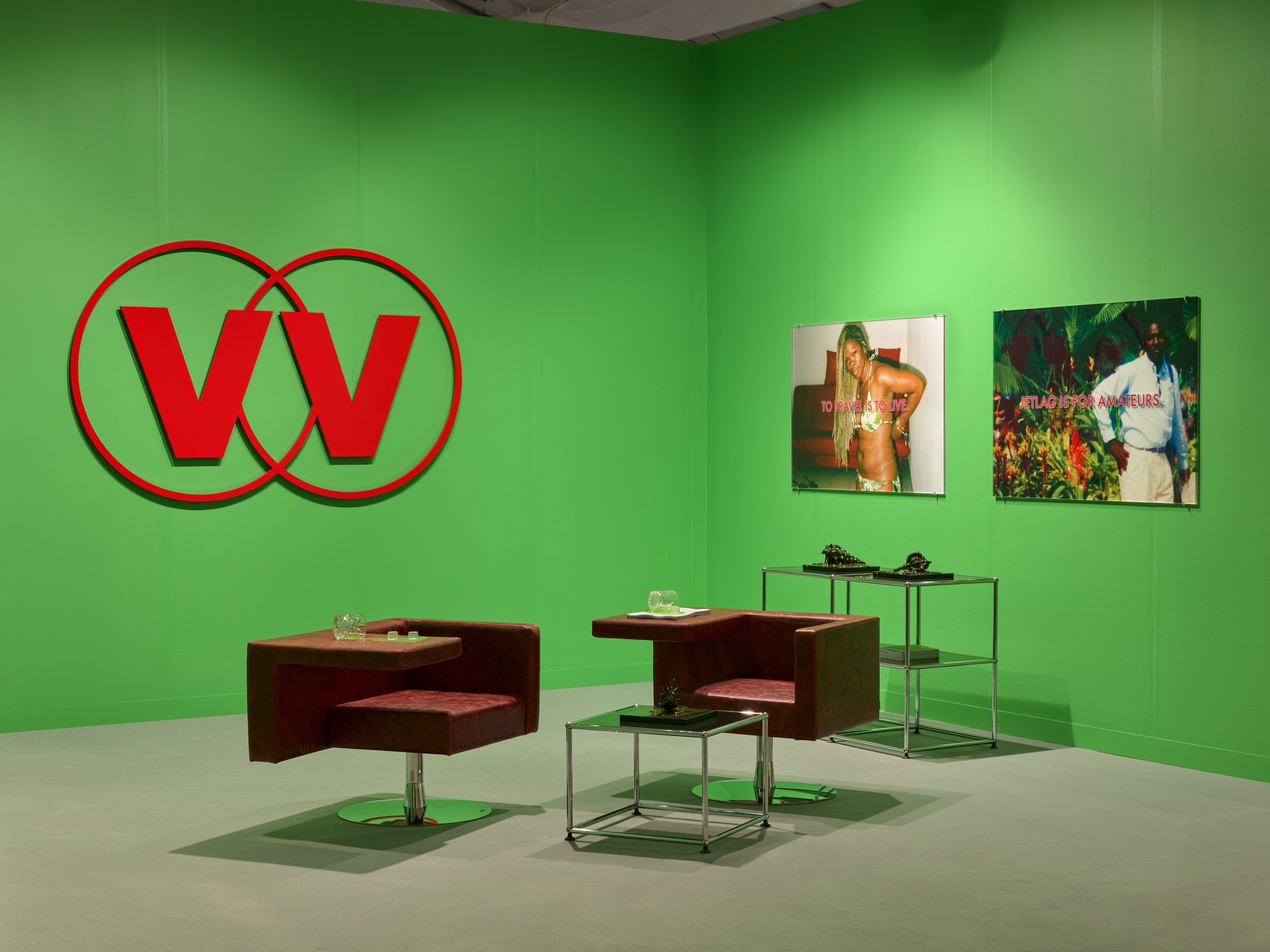
You couldn’t miss Christelle Oyiri’s ‘Venom Voyage’ at Frieze London – a grotesque, luminous-green eruption amid the fair’s otherwise polite minimalism. The artist, producer, and DJ (aka CyrstallMess) transformed Gathering’s debut stand into a delirious anti–travel agency: two office chairs stationed at its centre beneath a bright red double-V logo, flanked by a water cooler and filing cabinet.
Receive our daily digest of inspiration, escapism and design stories from around the world direct to your inbox.
Drawing on Frantz Fanon and HE Sawyer’s I Am the Dark Tourist, Oyiri skewered the colonial imagination embedded in leisure culture, where paradise and exploitation intertwine. Glossy souvenirs, militant slogans, with one defiantly reading ‘Jetlag is for amateurs’, and acid-toned walls conjured a space pitched somewhere between seduction and sickness: a Brechtian funhouse that exposed tourism as theatre. ‘Venom Voyage’ left visitors complicit, queasy, and exhilarated; a rare moment at the fair where aesthetics, politics, and pop collided in perfect, poisonous harmony.
Lucia di Luciano at Herald St
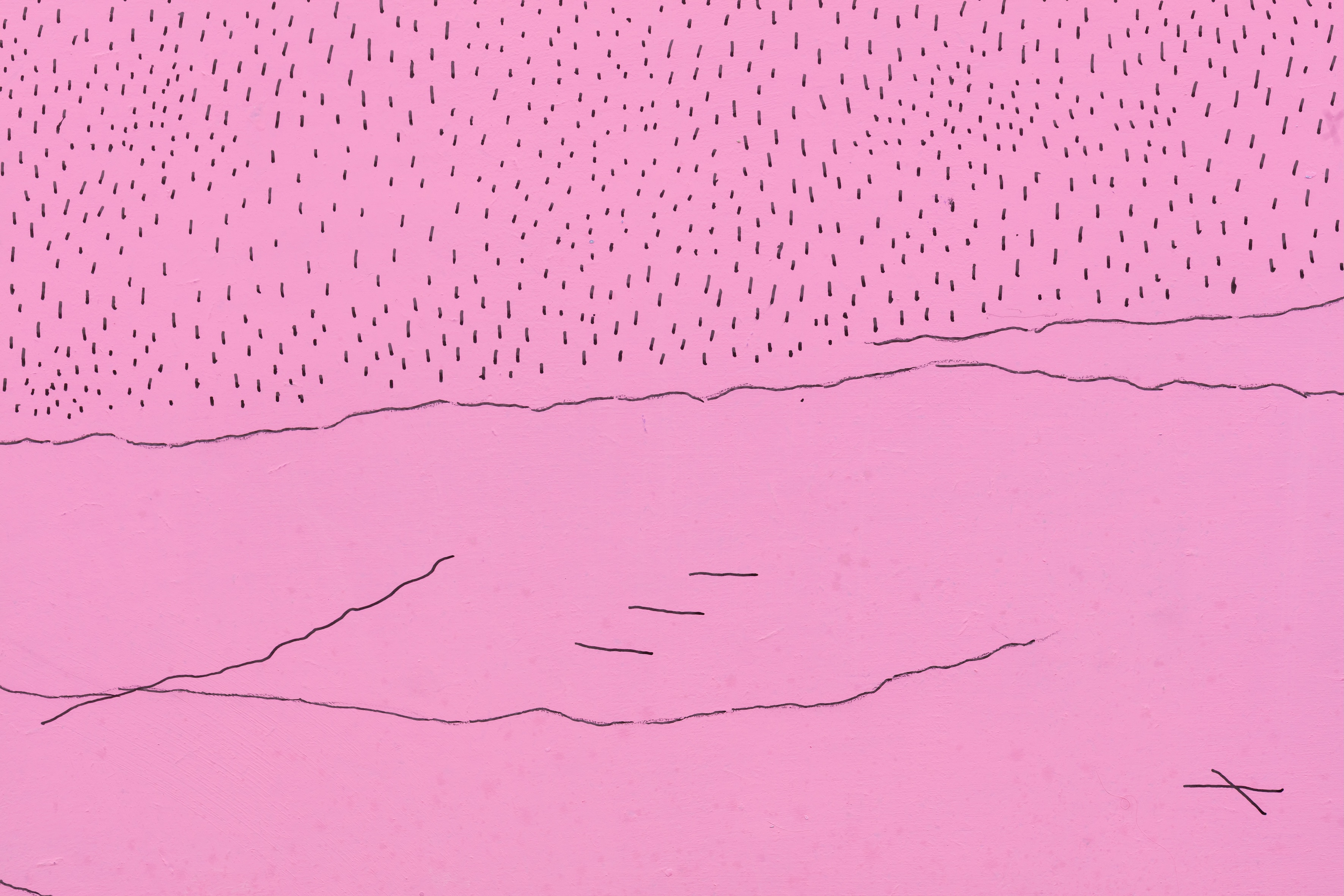
Born in 1933 in Syracuse, Lucia Di Luciano has spent six decades making abstract paintings, and her latest works, shown with Herald St at Frieze London, feel almost punk in their chequered rhythms and one-toned palettes: grids that glitch, lines that pulse, colours that refuse to blend. She uses neon pinks in one chequered canvas, and neon yellow in another, where the grid has fractured and dissolved slightly. There’s something startlingly youthful about them, though they emerge from a lifetime of formal artistic rigour.
Di Luciano was part of Italy’s postwar vanguard, aligned with Arte Programmata, the movement that sought to merge logic, mathematics, and art. Alongside her husband and collaborator Giovanni Pizzo, she spent years exploring the algorithmic potential of painting, long before the idea of the digital as a metaphor. Her early black-and-white compositions on Masonite were precise, their mathematically sequenced forms creating optical vibrations that felt both mechanical and ecstatic. Now, in her Minimal and Senza Titolo series, the grid remains, but loosens and her brush marks streak and flicker across the surface, the colour raw and unblended. Her paintings seem to belong to every generation at once: rooted in the cool rationalism of the 1960s, yet with the immediacy of now.
Claudia Alarcón & Silät at Cecilia Brunson Projects
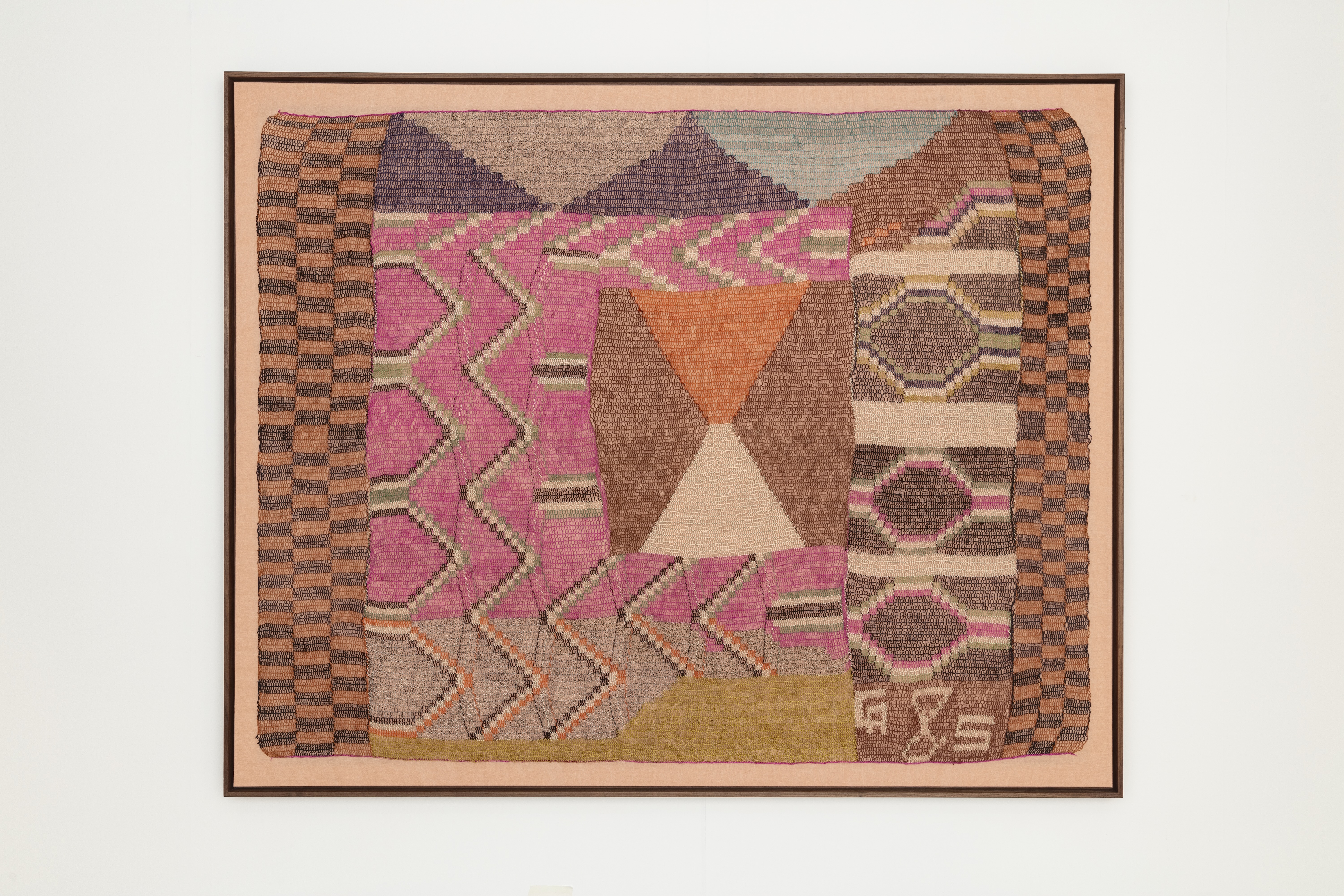
One of the quieter yet most resonant booths at Frieze London came from Claudia Alarcón & Silät, the Indigenous Wichí collective presented by Cecilia Brunson Projects, notably marking the first Latin American representation in the fair’s main section since 2013. Along the booth’s walls, their loosely woven chaguar textiles, framed in warm wood, radiated the rhythmic intricacy of their making. Spun from the hand-twisted fibres of the chaguar plant, these abstractions emerged through the repetition of gesture, poised between the geometric and the spiritual, and carrying stories passed down through generations of Wichí women.
The collective’s latest works, including a revival of an ancestral stitch once thought lost, deepen ideas of preservation and renewal and transform ancient technique into a living, contemporary body of work. Alarcón & Silät’s textiles stood apart for their material humility and conceptual resonance: quiet, deliberate, and profoundly political. They reminded viewers that modern abstraction was never exclusively Western, and that a woven thread can carry cosmology, resistance, and continuity all at once. It was, in every sense, a milestone: for the artists, for Latin American representation, and for Frieze itself.
Bogdan Ablozhnyy at a.SQUIRE
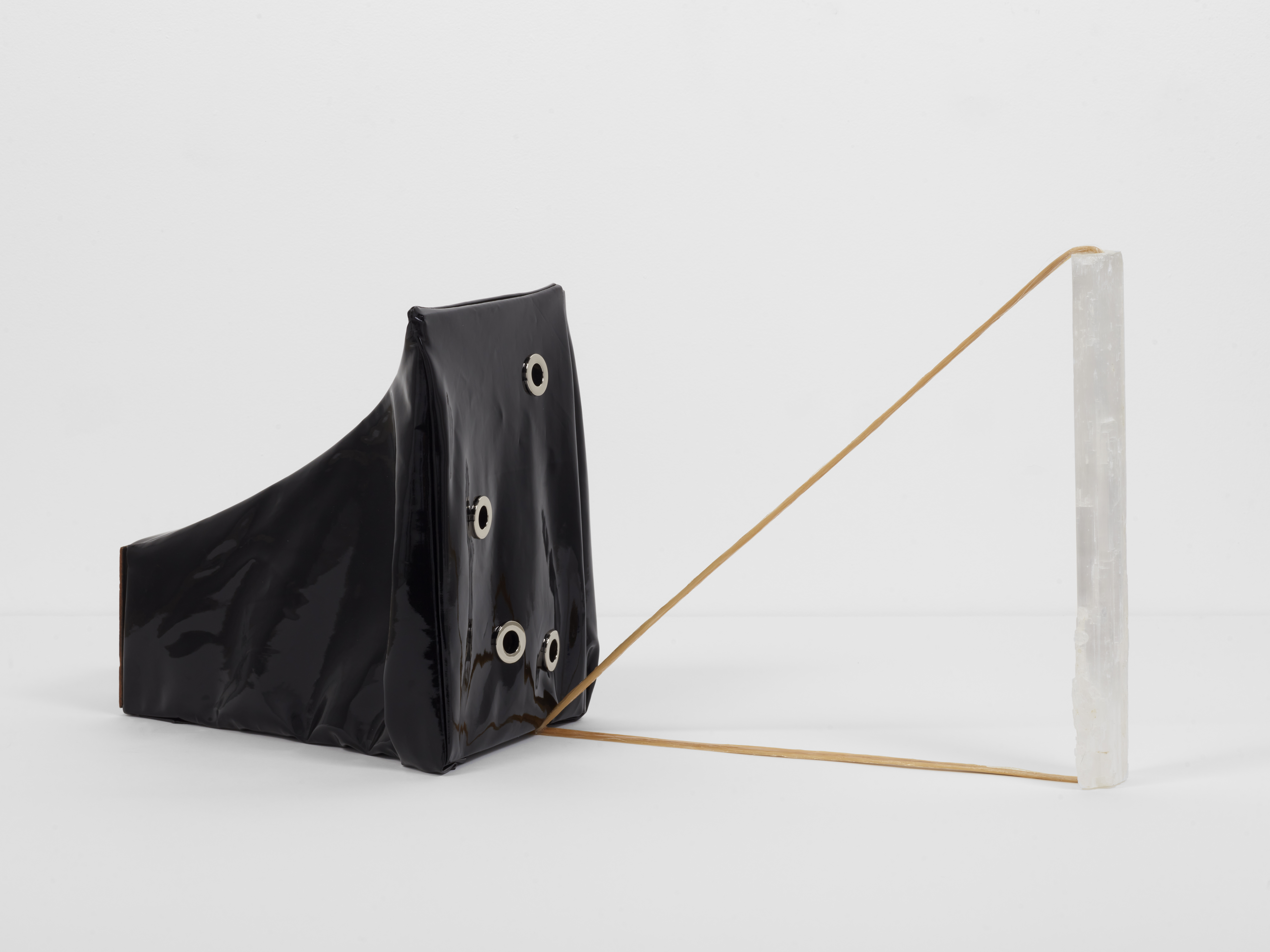
The Bloomsbury gallery, known for its minimalist and conceptually exacting programme, presented six works by Bogdan Ablozhnyy in a meticulously staged installation that earned this year’s Camden Art Centre Prize. A central pole swathed in animal print and imprinted leather was ringed by photographic apparatuses of flashes, shutters and lenses, all orbiting a psychological drama. The scene restaged a case study from Freud’s 1915 essay A Case of Paranoia Running Counter to the Psycho-Analytical Theory of the Disease, in which a woman becomes convinced her lover has photographed their intimacy in secret. Freud interpreted her fear as paranoia, and, by a predictably patriarchal leap, as a symptom of homosexuality.
Ablozhnyy revisits this text not to illustrate it, but to unpack its rhetorics of image, desire, and control. His booth becomes a diagram of projection, where each camera part, musical fragment, blue topazes, and leatherette surface hover between fetish and function, staging the psychic theatre where looking, wanting, and knowing blur. Desire here is not absent but present within its architecture. Ablozhnyy’s work rewards close looking, and what made this booth so exciting was its precision: minimal, disciplined, and charged in a total environment that dramatised theory into an atmosphere.
Alina Rentsch at Petrine
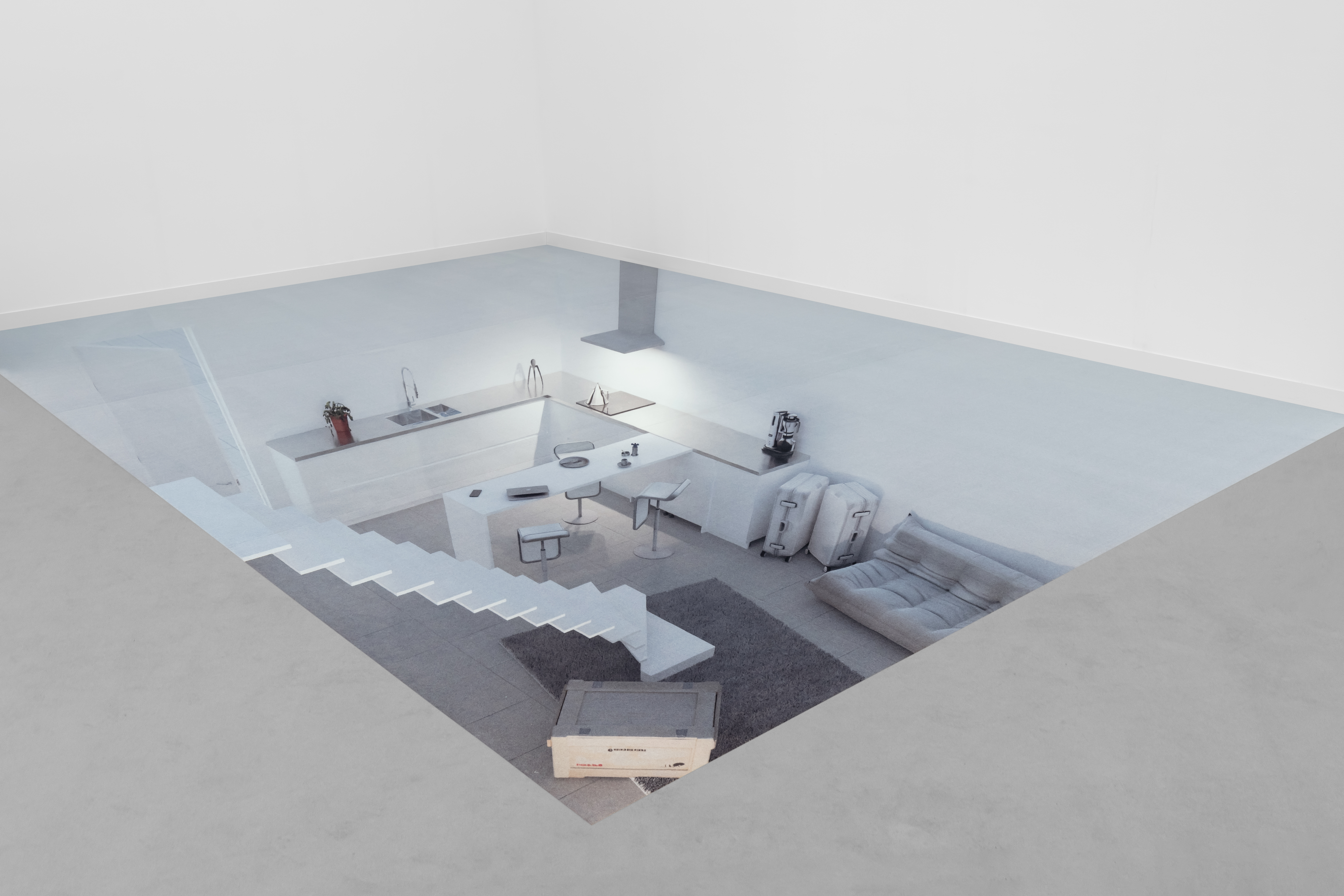
In a fair defined by spectacle and commerce, Alina Rentsch’s Booth (2025) turned its own architecture inside out. The Berlin-based artist transformed the booth into a spatial illusion: a printed carpet stretched to the booth’s exact dimensions, warping the floor into an imagined sub-level visible only from one precise vantage point. Above, a single lamp recited an excerpt from her fair proposal, bringing language back into the infrastructure of display.
Rentsch’s installation functioned as both artwork and a meditation on how the art fair itself produces images, value, and desire. Playing with 17th-century perspective boxes and contemporary economies of attention, she recast the booth as a stage for distortion, translation, and use. Her reference to the kitchen offered a metaphor for how material, language, and labour are processed into consumable form, whether domestic or economic. Subtle yet conceptually exacting, Booth provoked an unexpected reaction from visitors, many of whom hesitated to step onto the carpeted floor, unsure whether they were meant to enter at all. In a landscape of objects for sale, Rentsch’s work stood out precisely because it refused to perform as one.
Daiga Grantina at Emalin
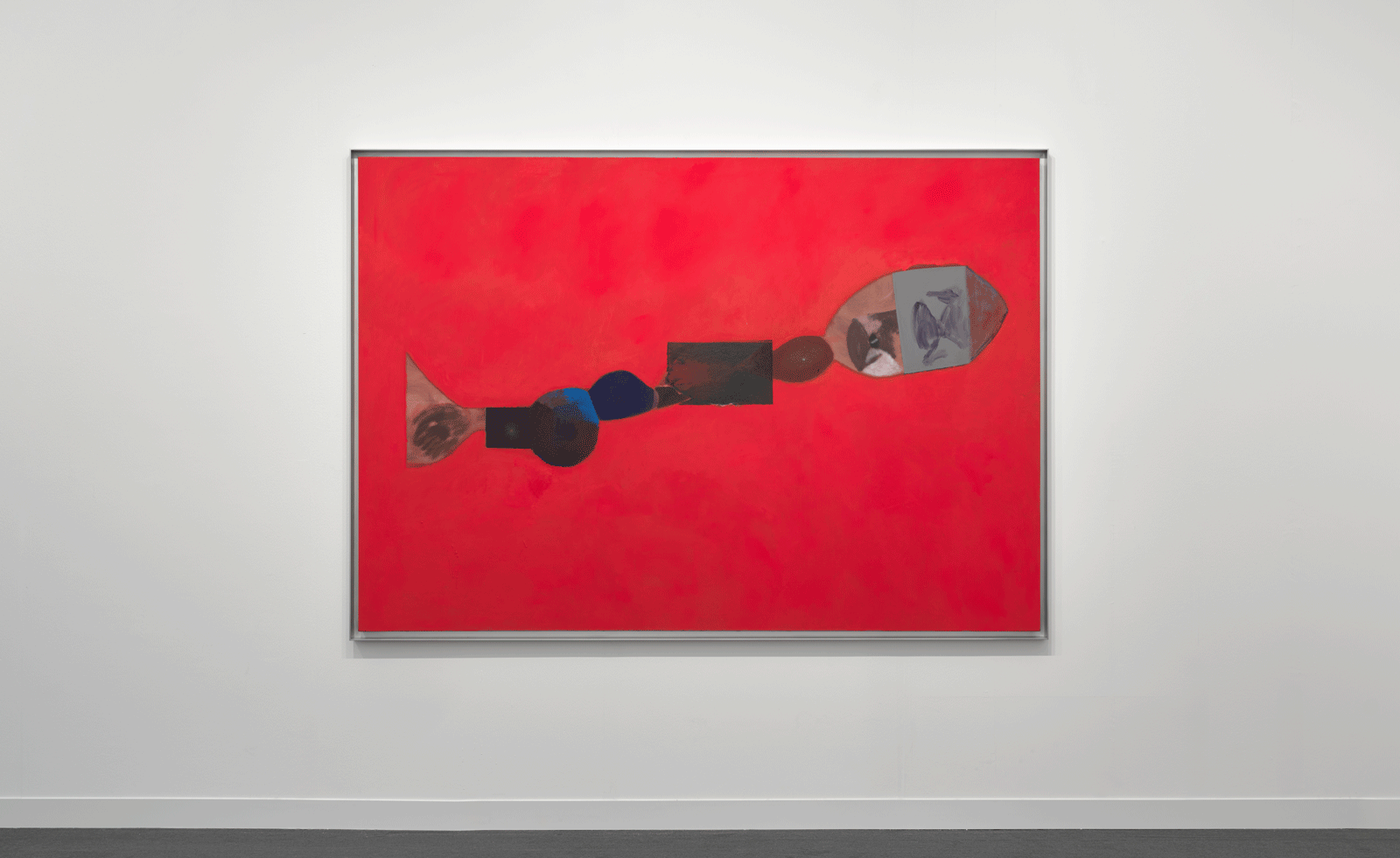
This year’s Fluxus–CPGA Prize at Frieze London went to Daiga Grantina. The Latvian-born sculptor distilled her practice into a single, delicate wall work with Untitled (August #15) (2025) at Emalin. Composed of plywood, ink, fabric, wax, and staples, the piece felt almost weightless, in a subtle compression of form and feeling. The Fluxus–CPGA Prize, awarded jointly by the Fluxus Art Projects and the Comité Professionnel des Galeries d’Art, supports artists expanding cross-European dialogue and experimentation.
Grantina’s sculptures investigate what happens when materials meet, and when tension, pressure, and fragility become their own kind of syntax. Her forms seem to oscillate between the microscopic and the monumental, between organism and architecture, reconfiguring hierarchies of perception. Grantina is currently showing her first UK institutional exhibition at the Nicoletta Fiorucci Foundation, until January 2026. Her work reveals abstraction as an ecosystem, and at Frieze, her sculpture felt like a quiet, tensile moment between louder works throughout the fair.
Lauren Halsey at Gagosian
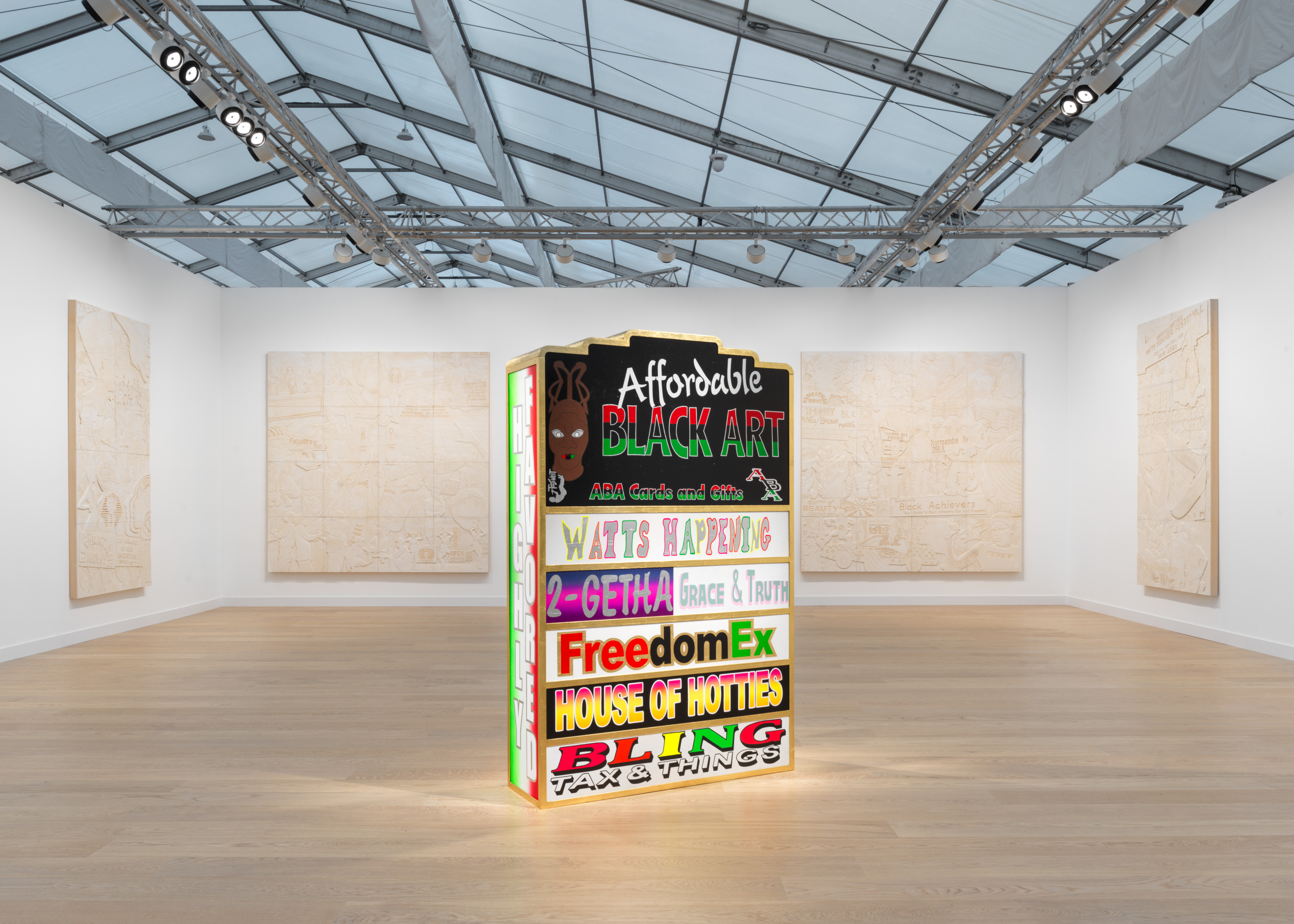
Lauren Halsey’s installation at Gagosian centred on a 6ft plaza sign stacked with blazing slogans, including: ‘Bling Tax & Things’, ‘Grace & Truth’, and ‘2-Getha’, crowned with ‘Affordable Black Art’ and edged with ‘Highly Favored’. The luminous vertical assemblage, titled LODA PLAZA (2025), channelled the consumerist exuberance of South Central Los Angeles’ hand-painted vernacular signage. Surrounding the sign, engraved panels of polymer-modified gypsum on wood mapped fragments of Black history and everyday myth.
Halsey’s installation sits at the intersection of language and architecture, extending her ongoing attempt to reconstitute the visual lexicon of South Central within the economies of the global art world. Her engraved surfaces operate as both document and translation, melding the syntax of urban life, including rendering of graffiti, commercial typography and people into sculpture. The work’s brilliance lies in its refusal to flatten or sentimentalise: Halsey doesn’t turn community signage into decoration, but instead turns it into a form of monumental inscription. Within the fair setting, LODA PLAZA engaged the market’s rhythms while redirecting them toward a politics of visibility, and what emerged was a form of world-building: a plaza within the white cube, showing that language itself can shape space and notions of belonging.
Sofia Hallström is a Sweden-born artist and culture writer who has contributed to publications including Frieze, AnOther and The Face, among others.
-
 Hanker after a 1970s supercar? The Encor Series 1 elevates the Lotus Esprit to a new level
Hanker after a 1970s supercar? The Encor Series 1 elevates the Lotus Esprit to a new levelThis limited-edition remastering of the dramatic wedge-shaped Lotus Esprit stops at nothing to improve and enhance the original without losing sight of its analogue excellence
-
 A new photo book takes you behind the scenes of some of cinema's most beloved films, from 'Fargo' to 'Charlie's Angels'
A new photo book takes you behind the scenes of some of cinema's most beloved films, from 'Fargo' to 'Charlie's Angels'Set decorator Lauri Gaffin captures Hollywood's quieter moments in an arresting new book
-
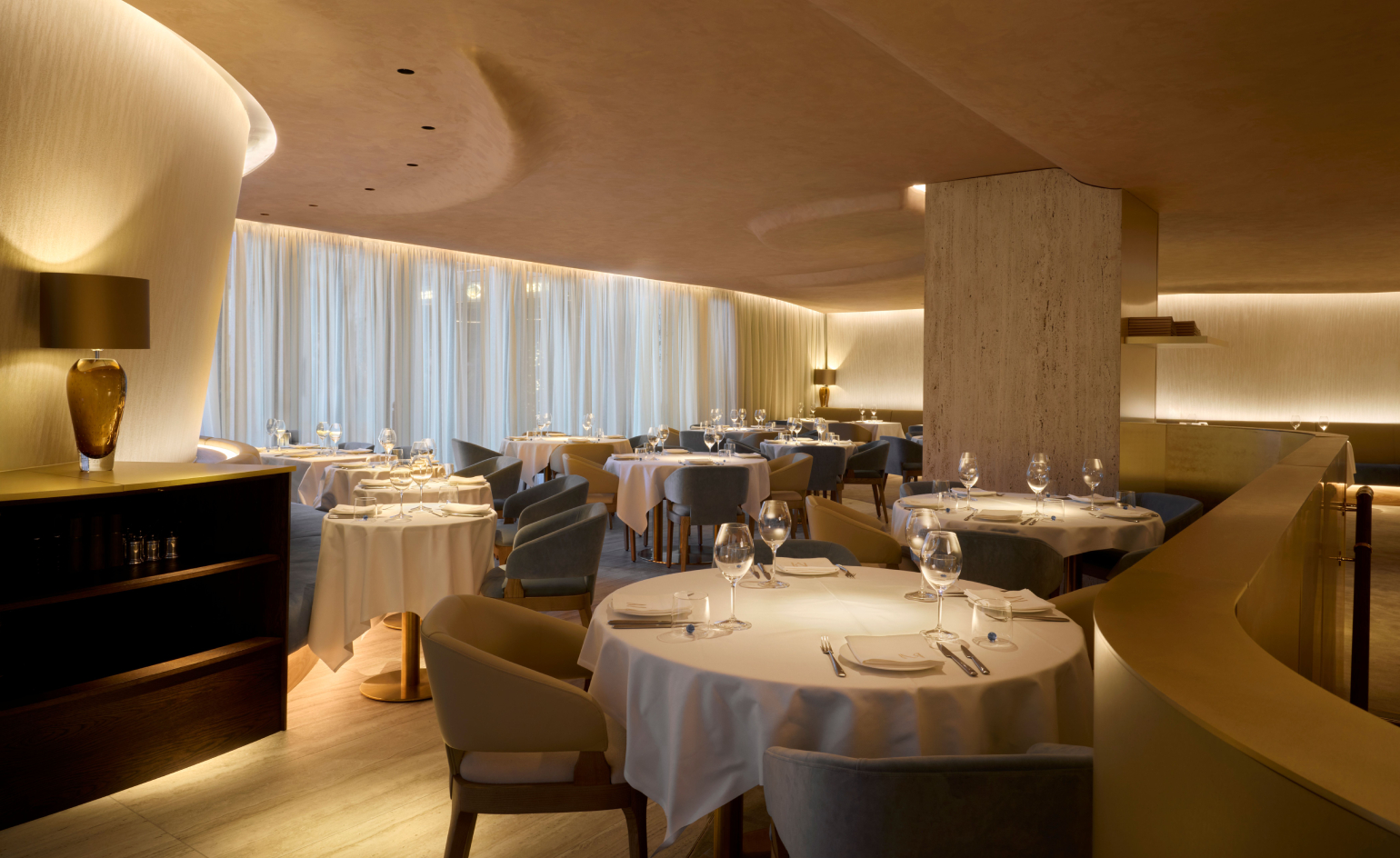 This sculptural London seafood restaurant was shaped by ‘the emotions of the sea’
This sculptural London seafood restaurant was shaped by ‘the emotions of the sea’In Hanover Square, Mazarine pairs a bold, pearlescent interior with modern coastal cuisine led by ‘bistronomy’ pioneer chef Thierry Laborde
-
 Out of office: The Wallpaper* editors’ picks of the week
Out of office: The Wallpaper* editors’ picks of the weekIt’s wet, windy and wintry and, this week, the Wallpaper* team craved moments of escape. We found it in memories of the Mediterranean, flavours of Mexico, and immersions in the worlds of music and art
-
 Each mundane object tells a story at Pace’s tribute to the everyday
Each mundane object tells a story at Pace’s tribute to the everydayIn a group exhibition, ‘Monument to the Unimportant’, artists give the seemingly insignificant – from discarded clothes to weeds in cracks – a longer look
-
 Out of office: The Wallpaper* editors’ picks of the week
Out of office: The Wallpaper* editors’ picks of the weekThis week, the Wallpaper* team had its finger on the pulse of architecture, interiors and fashion – while also scooping the latest on the Radiohead reunion and London’s buzziest pizza
-
 Out of office: The Wallpaper* editors’ picks of the week
Out of office: The Wallpaper* editors’ picks of the weekIt’s been a week of escapism: daydreams of Ghana sparked by lively local projects, glimpses of Tokyo on nostalgic film rolls, and a charming foray into the heart of Christmas as the festive season kicks off in earnest
-
 Wes Anderson at the Design Museum celebrates an obsessive attention to detail
Wes Anderson at the Design Museum celebrates an obsessive attention to detail‘Wes Anderson: The Archives’ pays tribute to the American film director’s career – expect props and puppets aplenty in this comprehensive London retrospective
-
 Meet Eva Helene Pade, the emerging artist redefining figurative painting
Meet Eva Helene Pade, the emerging artist redefining figurative paintingPade’s dreamlike figures in a crowd are currently on show at Thaddaeus Ropac London; she tells us about her need ‘to capture movements especially’
-
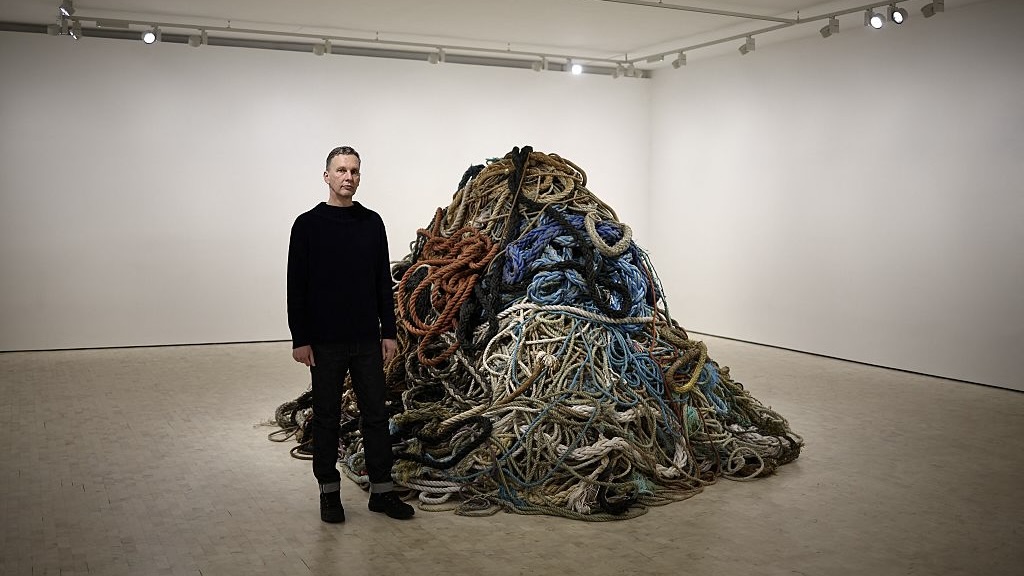 David Shrigley is quite literally asking for money for old rope (£1 million, to be precise)
David Shrigley is quite literally asking for money for old rope (£1 million, to be precise)The Turner Prize-nominated artist has filled a London gallery with ten tonnes of discarded rope, priced at £1 million, slyly questioning the arbitrariness of artistic value
-
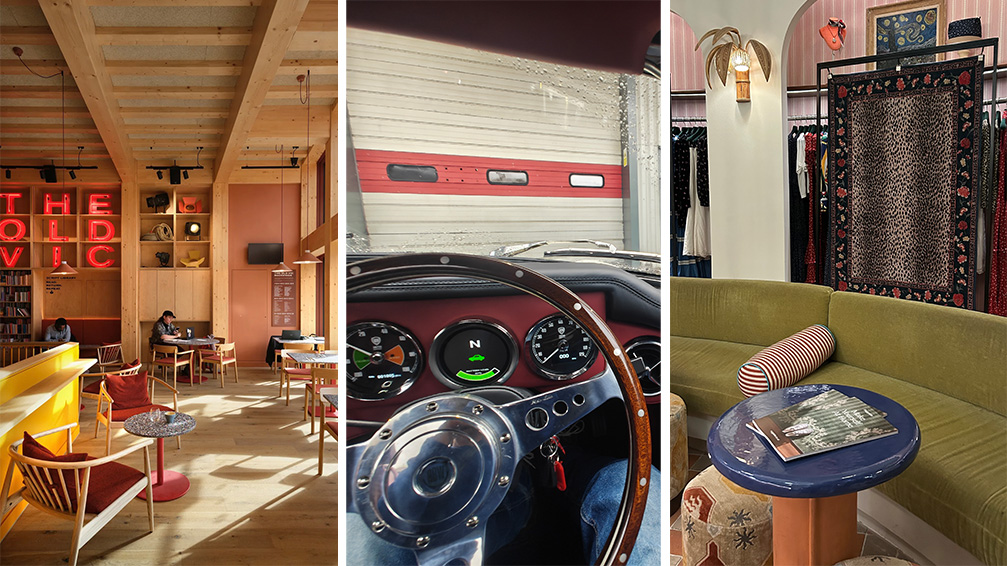 Out of office: The Wallpaper* editors’ picks of the week
Out of office: The Wallpaper* editors’ picks of the weekThe rain is falling, the nights are closing in, and it’s still a bit too early to get excited for Christmas, but this week, the Wallpaper* team brought warmth to the gloom with cosy interiors, good books, and a Hebridean dram